Are you planning to buy a kitchen knife? Are you confused between forged and stamped ones? Do you want to know which one is better?
If yes, you are in the right place. You will have to consider a few factors while buying a kitchen knife. Functionality, safety, design, and durability are a few considerations.
Undoubtedly, you can get all these qualities in both forged and stamped knives. However, there will be some differences. The manufacturing process, design, blade thickness, and flexibility will not be the same. Also, there will be different models in both these types. Now, we will come to the question: which one is better?
In the following forged vs stamped comparison, we will try to cover all the possible aspects. We will discuss both these types and differences as well. Keep reading if you are looking for the best kitchen knife.
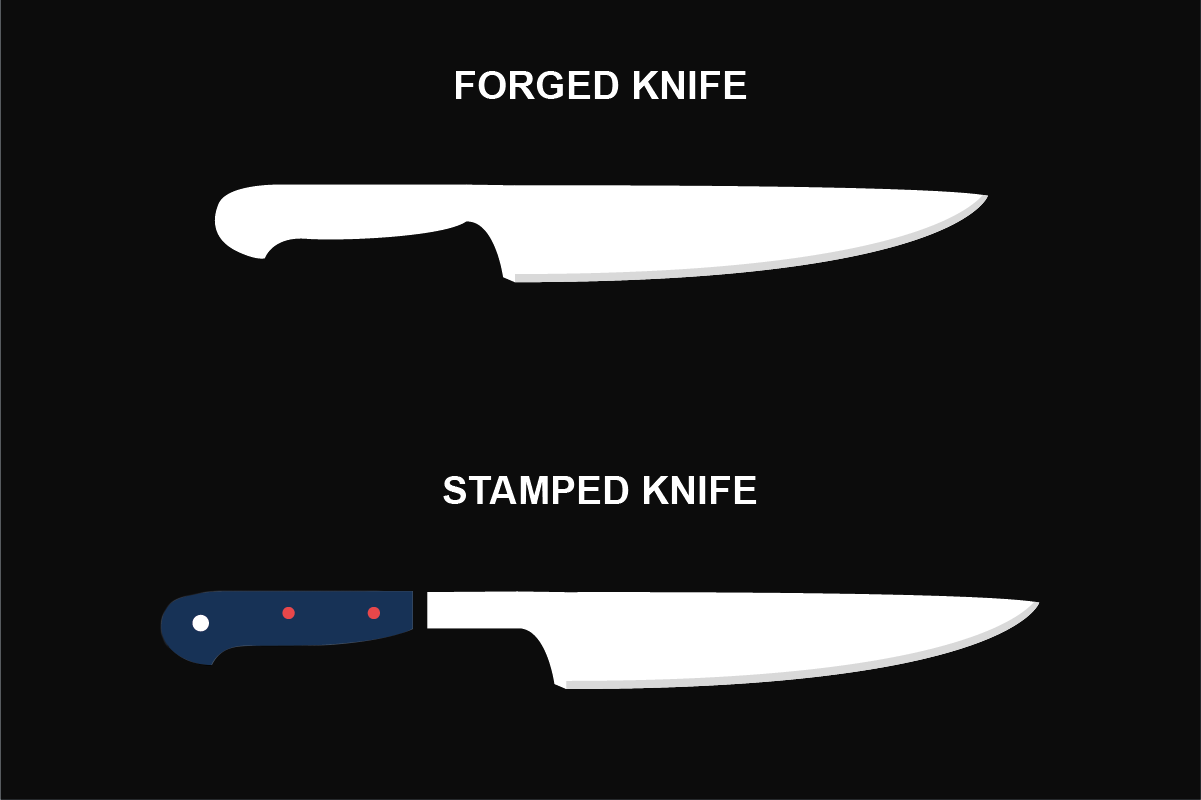
What Are Forged Knives?
We distinguish knives from their manufacturing processes. Yes, the manufacturing process decides the type of knife. The blade will play a determining role. Also, the making will determine the weight, edge retention, sharpness, thickness, and even the price.
When it comes to forged ones, the process starts with a single bar of steel. It will go through an extensive process to convert from a bar to a well-made and beautifully-crafted knife. The process will involve technologies and craftsmanship. It mixes hands-on influence and robotic technology to design the end product. Here are a few steps of manufacturing.
- Computer-supported knife mold design
- Extreme temperature to heat the steel bar
- Making shape from the red hot bar
- Tempering to get the hardness
- Sharp edge with the grinding
- Cleaning and polishing before final inspection
- Attaching a handle and finishing the tang and bolster
- Sharpening the angle before final inspection
In brief, the forging process will combine intensive labor, technology, and skilled craftsmanship. Some leading brands go through an extensive process and multiple quality checks to create durable products.
Also, the process will require a 2000°F temperature to get the desired shape from the bar. Currently, robotic technology and special equipment make the process a bit easier. However, handmade forged knives are still available.
Forged knives will have thicker blades. The blade can hold the edge well and last long. However, you might need to spend a bit more on this type. You can blame the intensive process, blade thickness, and edge-keeping ability for the price.
What Are Stamped Knives?
The difference between a forged and stamped knife is the manufacturing process. This one does not use a bar. Instead of a bar, it uses a sheet of steel. The large sheet makes blades through the laser-cut or stamping process. This process requires less effort than the previous one. It is economical since it focuses on mass production. The stamping process makes stamped knives affordable compared to forged ones. Here are steps that a stamped knife follows during the manufacturing process.
- Begins with a machine designed program
- Requires a cutter and large sheet metal
- The machine cuts stamped blades from the metal
- The knives go through a tampering process
- Sharpening to boost the durability and strength of the blade
- Attaching the handles
- Cleaning and final inspection
Forged blades are thicker than stamped options. But stamped blades are flexible and affordable. Yes, the simple machine manufacturing process makes stamped knives less expensive.

Differences between Stamped & Forged Knives
You might have an idea about forged vs stamped knives from the above - the manufacturing process is different. When one type demands more effort and resources, another will go through a simple process. The manufacturing process will impact the quality, durability, and price of the end product. In the following, we will get deeper. We will cover the differences in detail.
Manufacturing Process
As mentioned earlier, the manufacturing process decides the type of your knife. When it comes to manufacturing, it is about the blade-making steps. In forged knives, manufacturers use molded and tempered processes. They use a bar and extreme heat to get the final shape. It will require time, effort, skills, and technology. However, the stamped manufacturing process will follow some simple steps. It will be laser cut and tempered.
In brief, a forged knife will require more resources and skills during the manufacturing process. But the stamped knives will come as stamped. Hence, you can expect less expensive solutions.
Blade Thickness
The blade thickness will not be the same in both types. Yes, the forged knife blades will have more density. All the credit goes to the metal bar.
As discussed earlier, stamped knives use thin metal sheets that make blades flexible and narrow. Besides, in forged knives, the thickness will vary from the butt to its tip. You will find the handle thickest. However, the handle and blade of stamped knives will have an unformed thickness. People prefer forged knives since the thickness offers desired stability and support while cutting.
Bolster
You might be aware of the bolster that comes between the handle and blade. It is a thick metal piece that serves two functions. It will act as a finger guard and prevent slipping. Also, it will strengthen your knife. You will find the same bolster type in quality forged knives. However, there are the semi-bolster, half bolster, and full bolster.
When full bolsters are thicker and longer, semi or half bolsters are shorter. Full options offer better protection compared to half or semi bolsters. However, stamped knives will not have a bolster. They lack this unique feature due to the uniform thickness.

Tang
You can have a full-tang handle regardless of the type. Yes, both these types can feature a full-tang handle. But it will not be a common addition to stamped knives. You might be aware that tang extends to the handle from the blade.
When it expands through the butt, you can say full-tang. When it covers only halfway, it will be half-tang. With the full-tang feature, you can expect more balance and strength. The tang will offer more stability and support to the blade. Most forged knives feature full tang. However, stamped ones will have a partial or half tang.
Weight
When it comes to the weight of a forged knife, you will have to consider many factors. Some considerations are the bolster, blade thickness, handle material, and tang style. However, stamped knives are lightweight. They do not have a bolster, and the metal sheet is not thick as well. Also, they feature a partial tang.
Blade Flexibility
You can expect more flexibility from stamped knives. You can get more support while filleting and boning. The uniform thickness and thinner blade make stamped ones more flexible. However, a forged blade is more rigid. But the stiffer blades will be easy to sharpen.
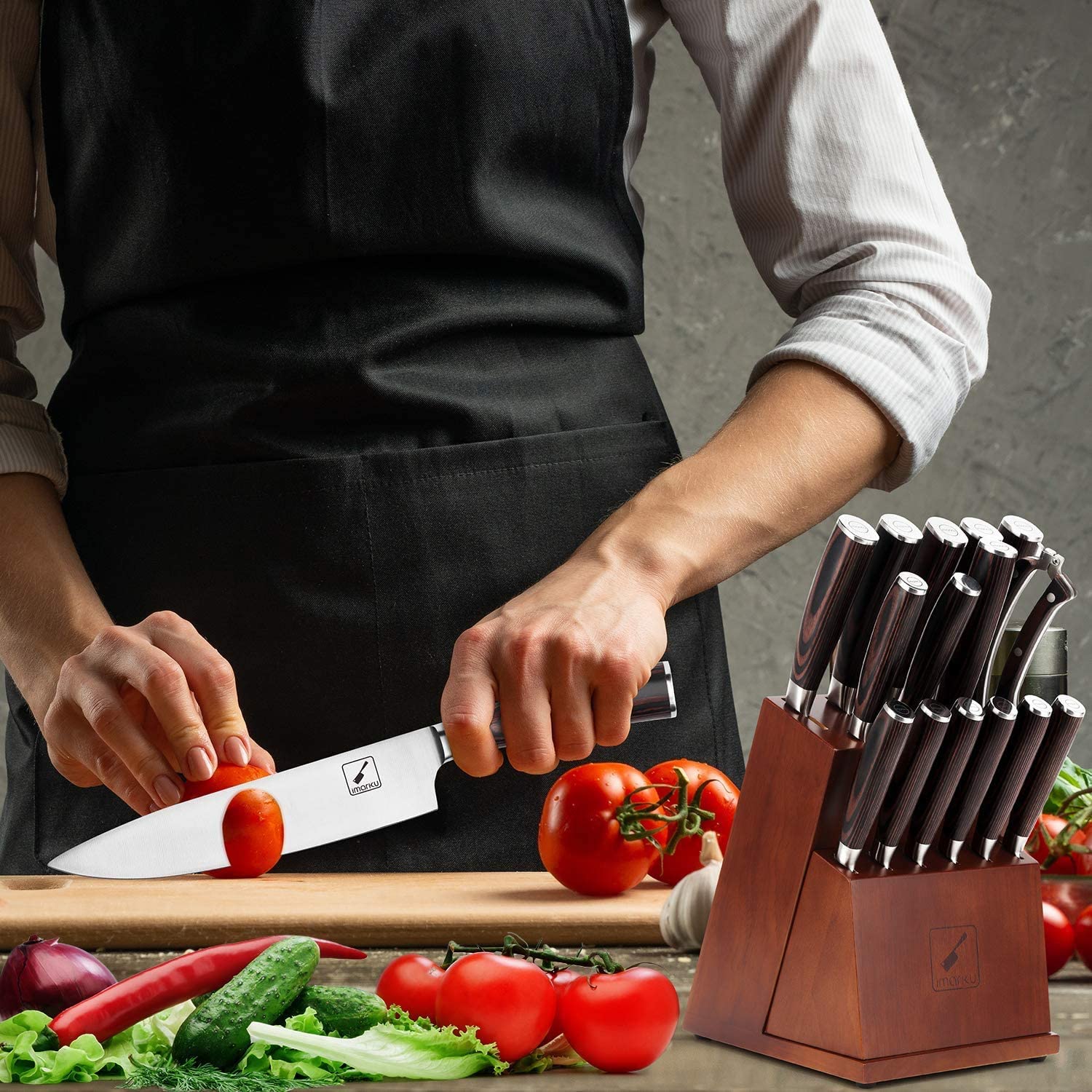
Sharpness
You might find it hard to differentiate while comparing sharpness. Both these types feature sharp edges. You can get more edge sharpness with smaller angles. Also, smaller ones are the best for soft foods. But the downside is fast damage.
When it comes to usages, forged knives can be perfect for heavy-duty chopping. The thick material and edge sharpness will give the desired stability and support while cutting. However, you can use stamped knives for delicate slicing and light chopping. You can expect precision and thin cuts.
Edge Retention
When it comes to sharpness, both types offer similar results. Now, the question is how long they will hold the edges. Forged knives are better in this aspect. They will catch the edges longer. Hence, you will have to sharpen your stamped blade more than the forged one. All the credit goes to the heating process of the forged knives. The process makes the blade incredibly hard, and hard ones will hold the edge longer than softer options.
Ease of Sharpening
You can sharpen forged knives fast compared to stamped knives. Yes, forged knives go through a manual process. That makes the blades rigid. Hence, you will not have to make a lot of effort for sharpening. However, stamped ones are flexible. You might find it challenging to sharpen them. You can sharpen both these types fast with an electric sharpener.
Price
From the above, you might have an idea about the price. Yes, you will have to spend more on forged knives. The reason is the manufacturing process and the material. Forged knives need a more extensive process compared to their competitor. Apart from that, the blades of forged knives are thicker and offer the desired stability. They last long and serve you for a long time as well. All these factors contribute to the end cost. However, some stamped knives are also expensive. The design and brand will decide the price of both these types.
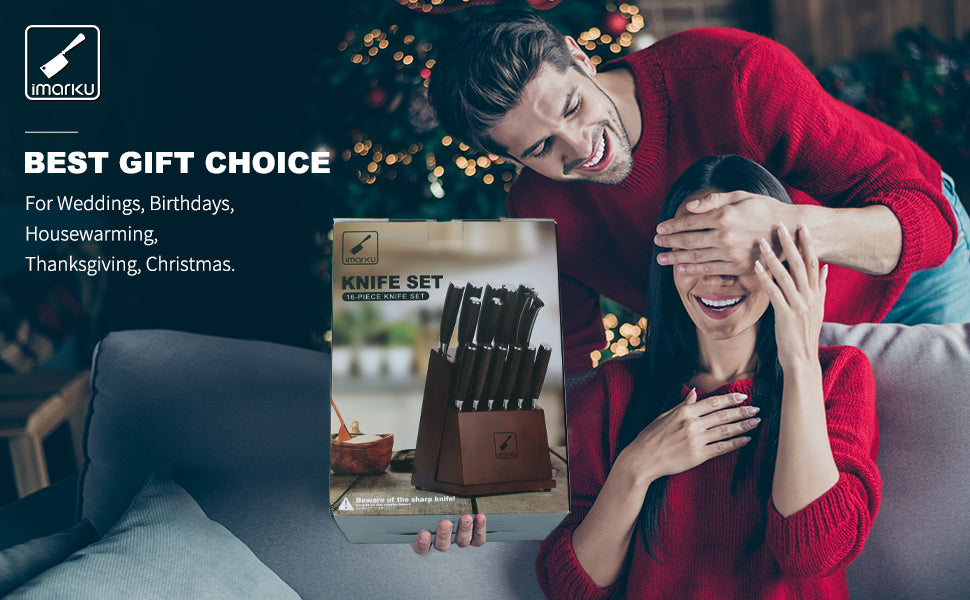
Conclusion
Now you know the differences between both these types. You know the material, manufacturing process, support, stability, and usage. You are aware of the price and edging requirements as well.
If you want to upgrade your kitchen knives or look for a kitchen gift, imarku has the best solution for you here.


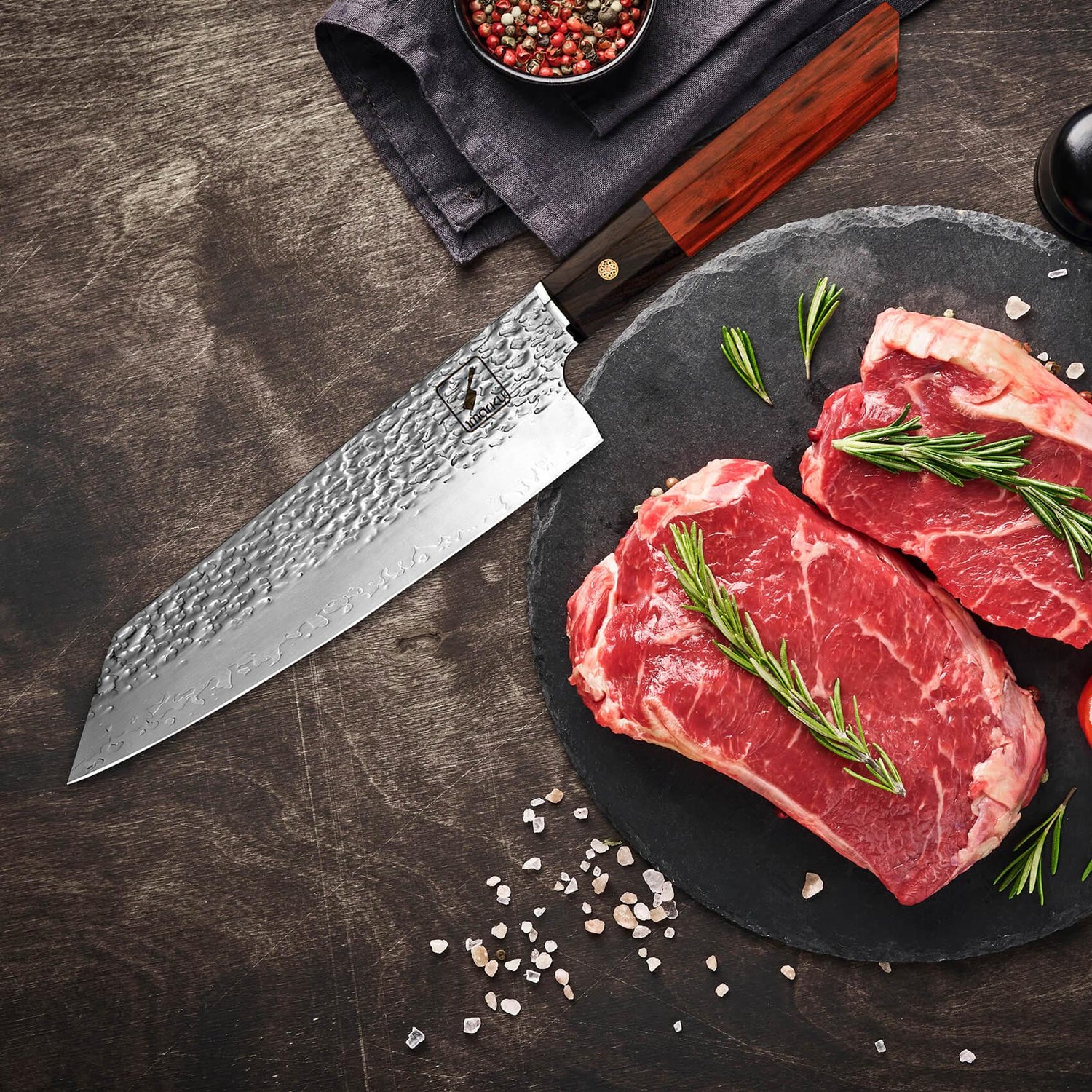
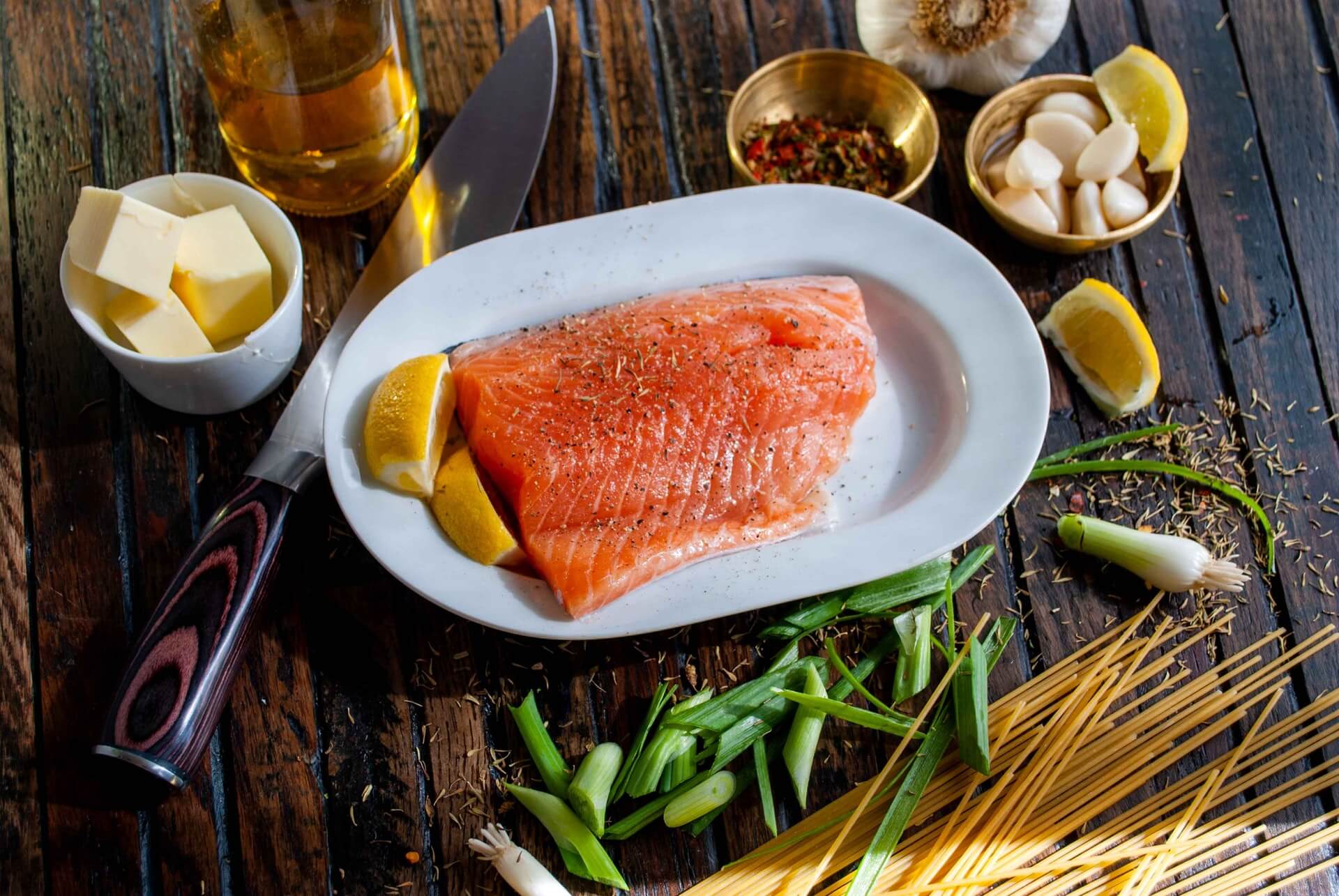
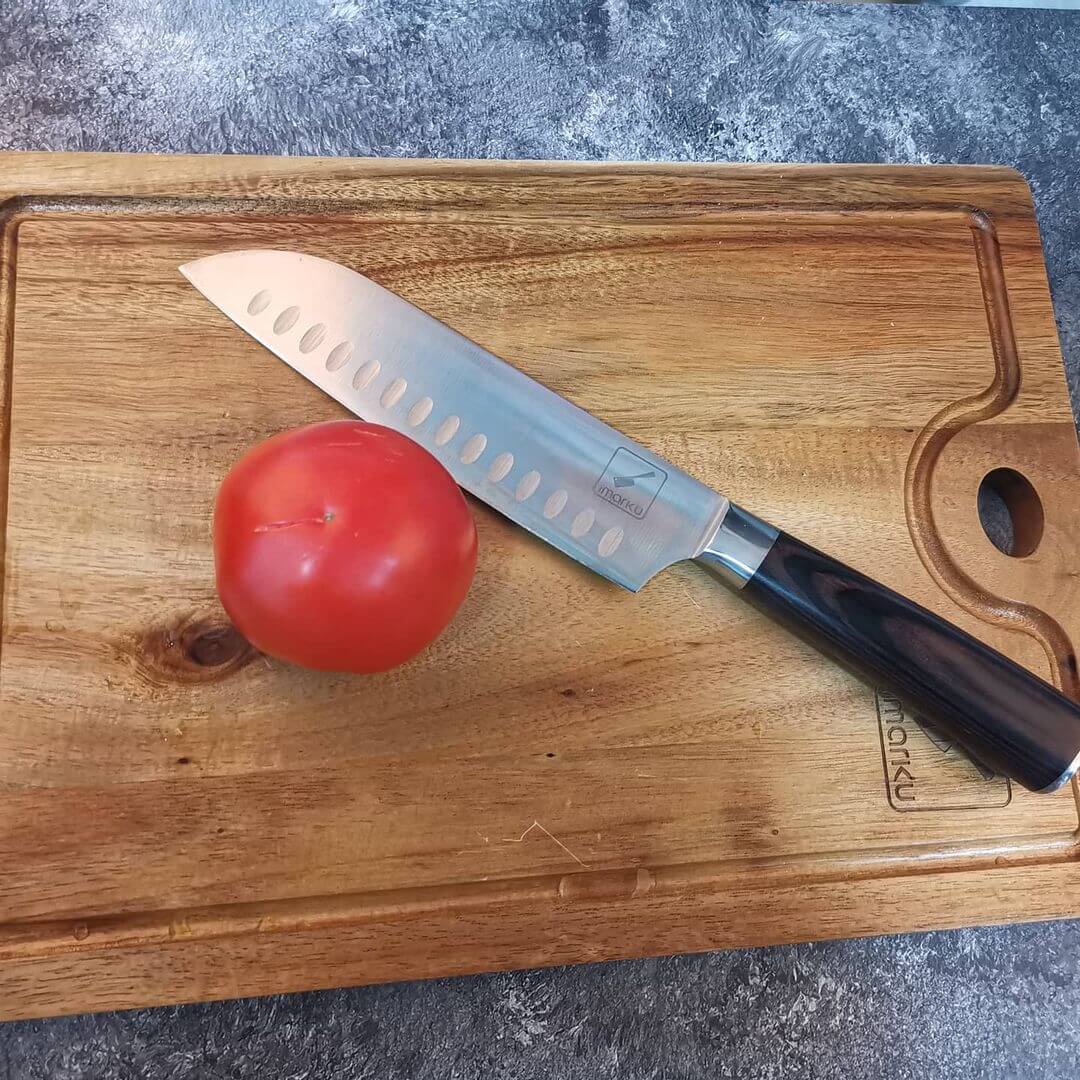



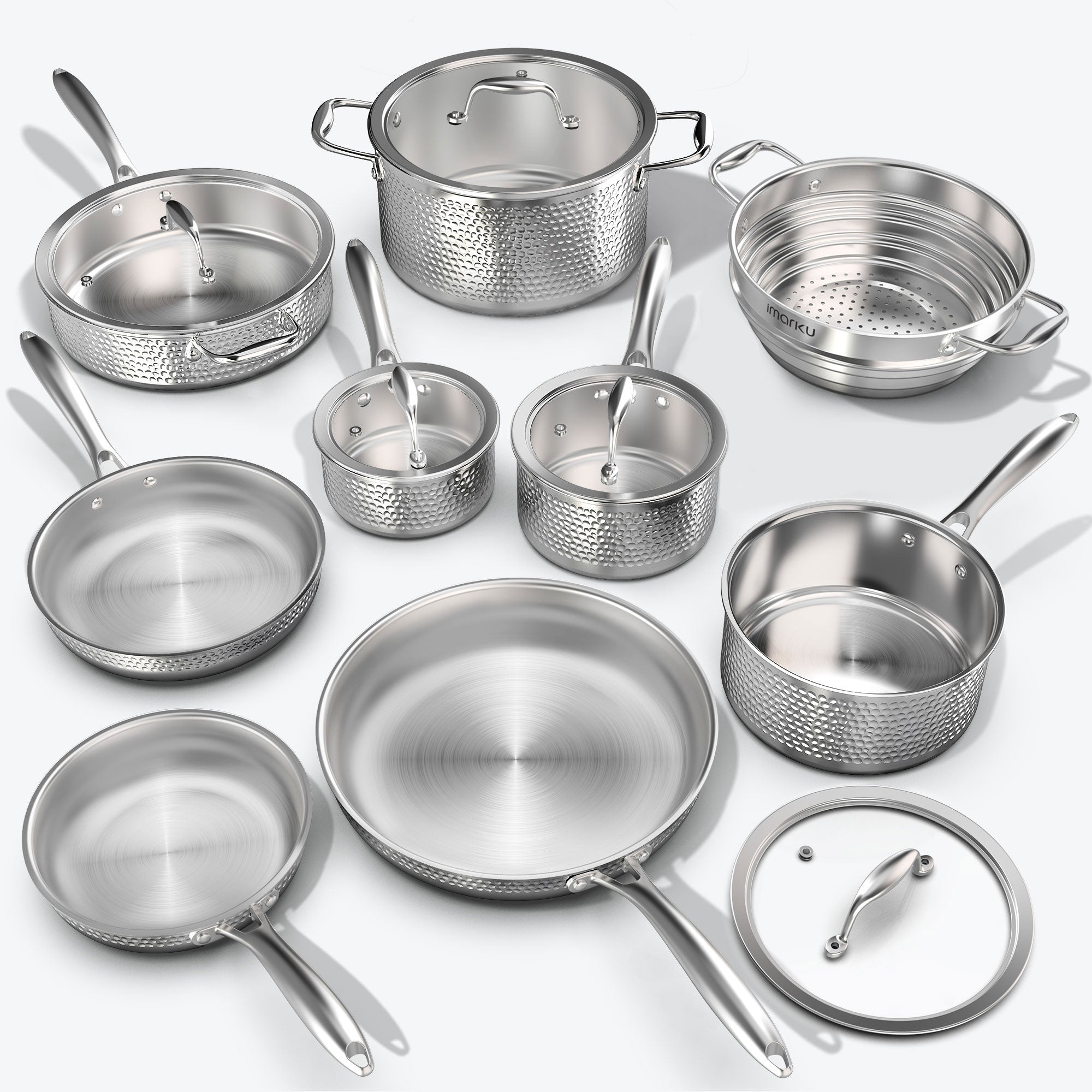
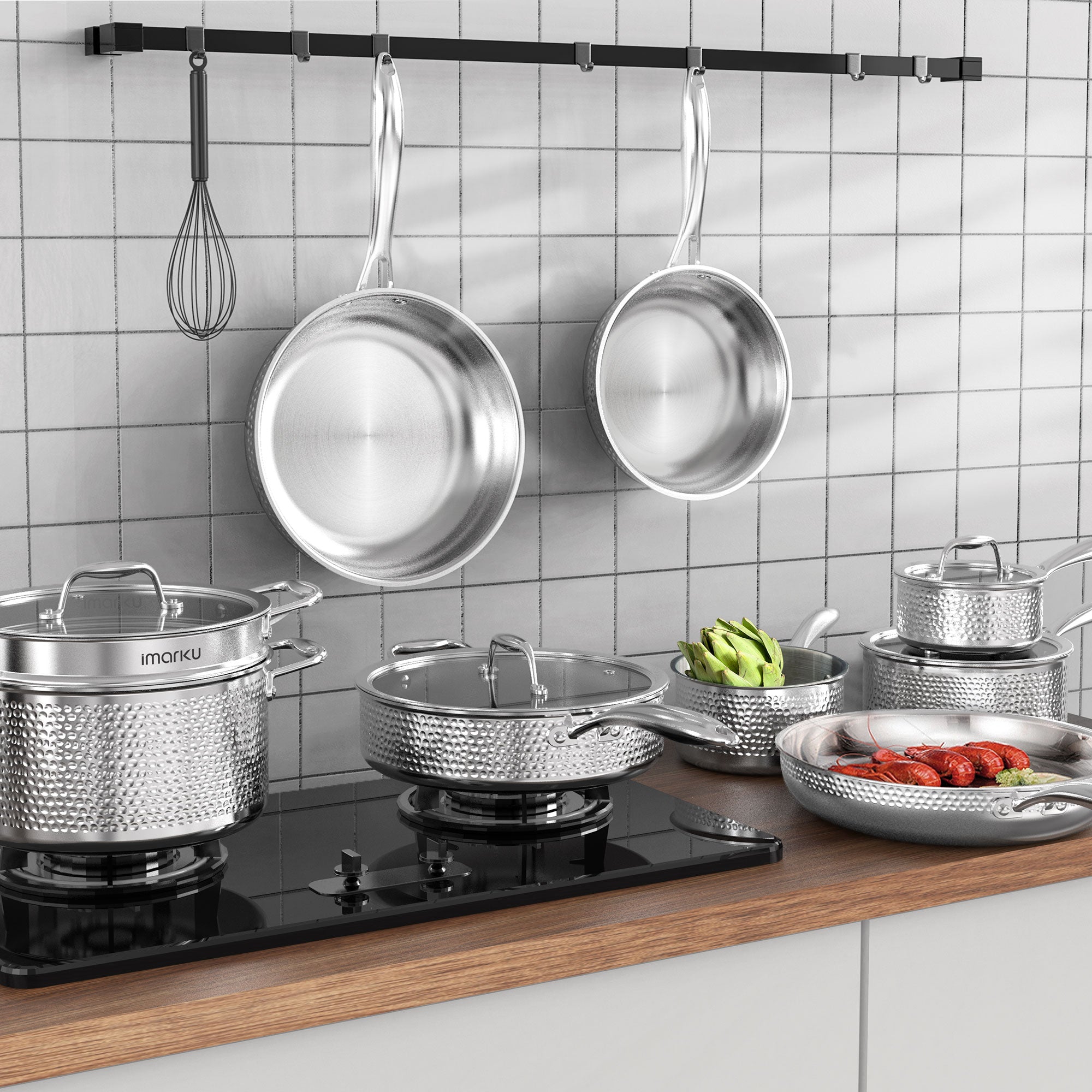

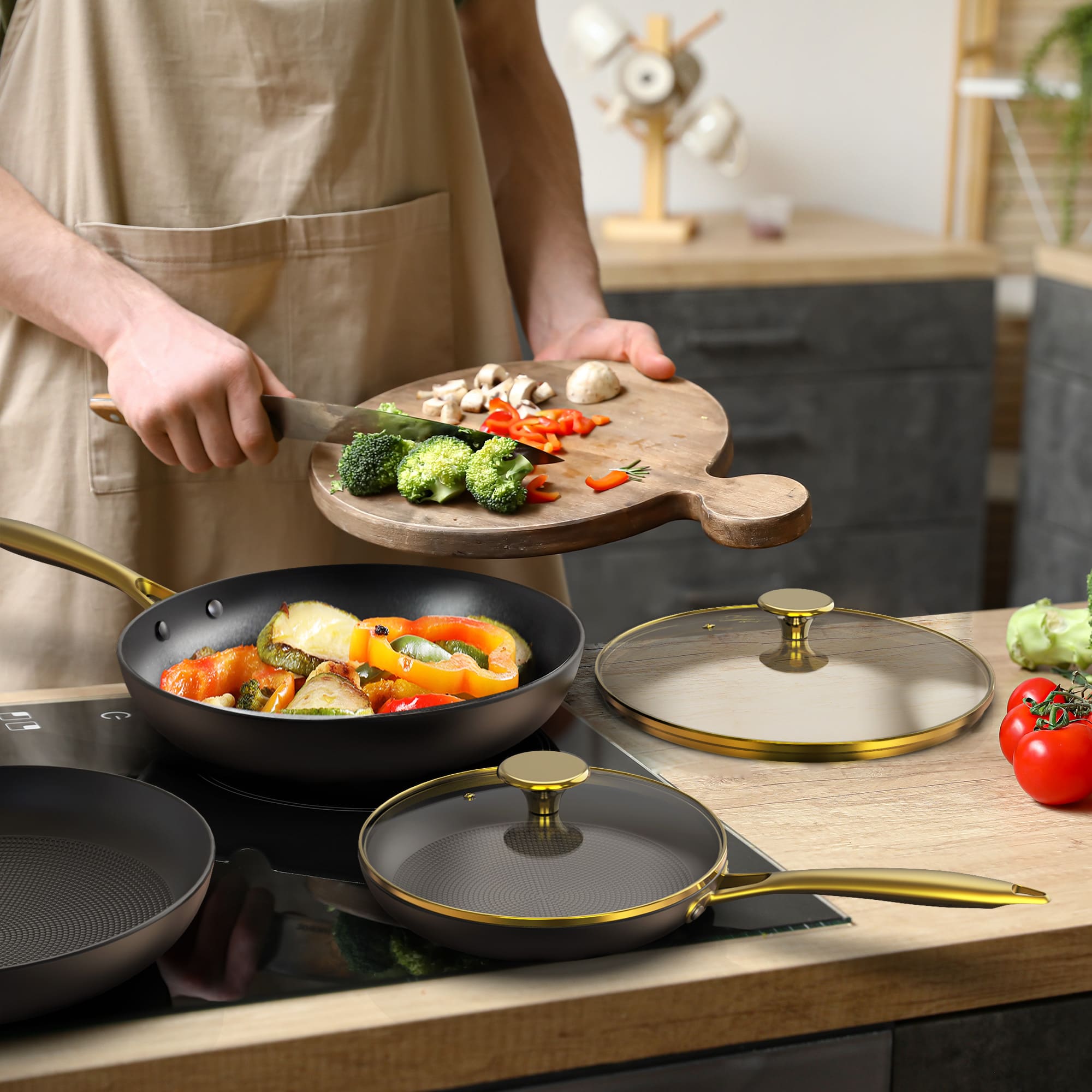






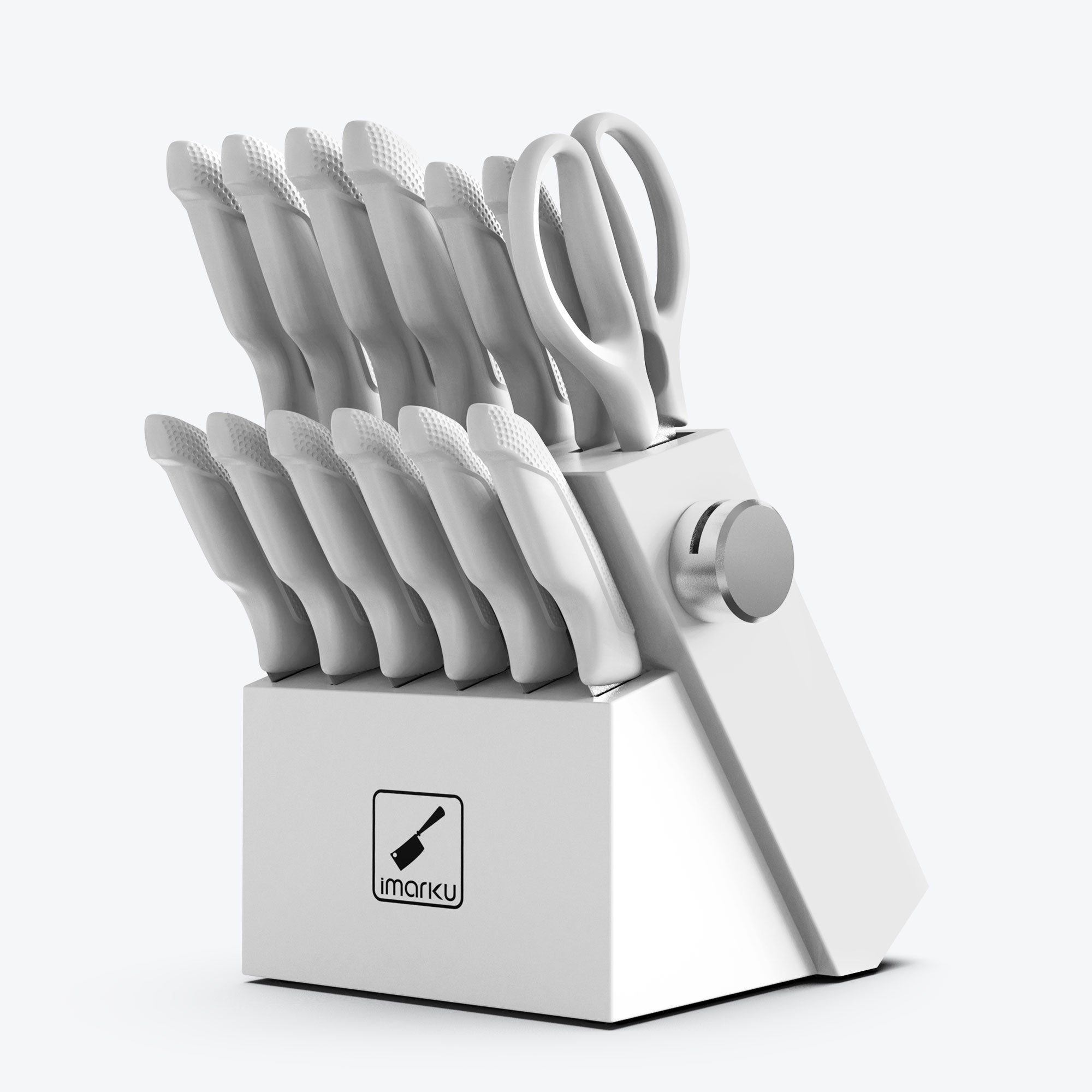
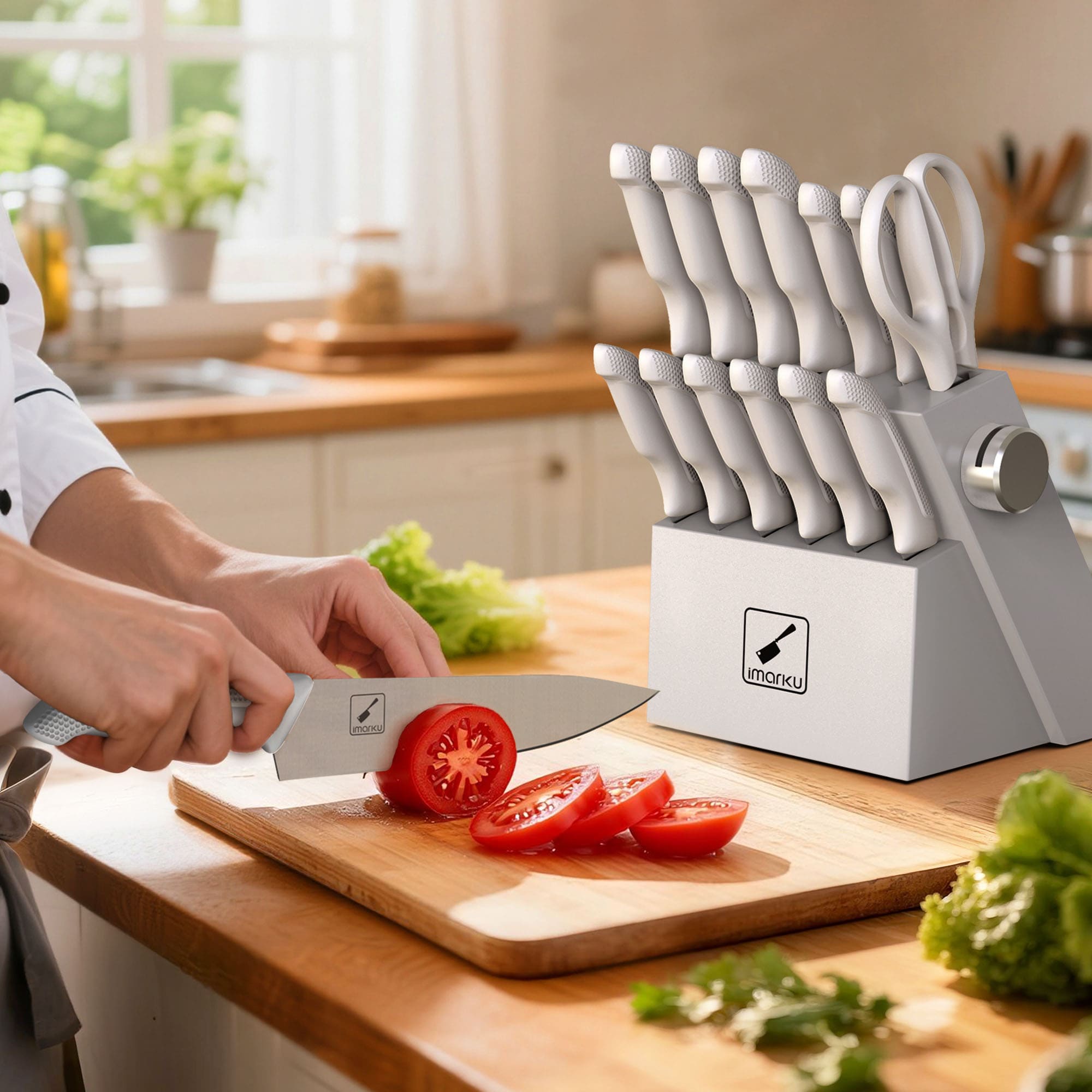


Leave a comment
All comments are moderated before being published.
This site is protected by hCaptcha and the hCaptcha Privacy Policy and Terms of Service apply.